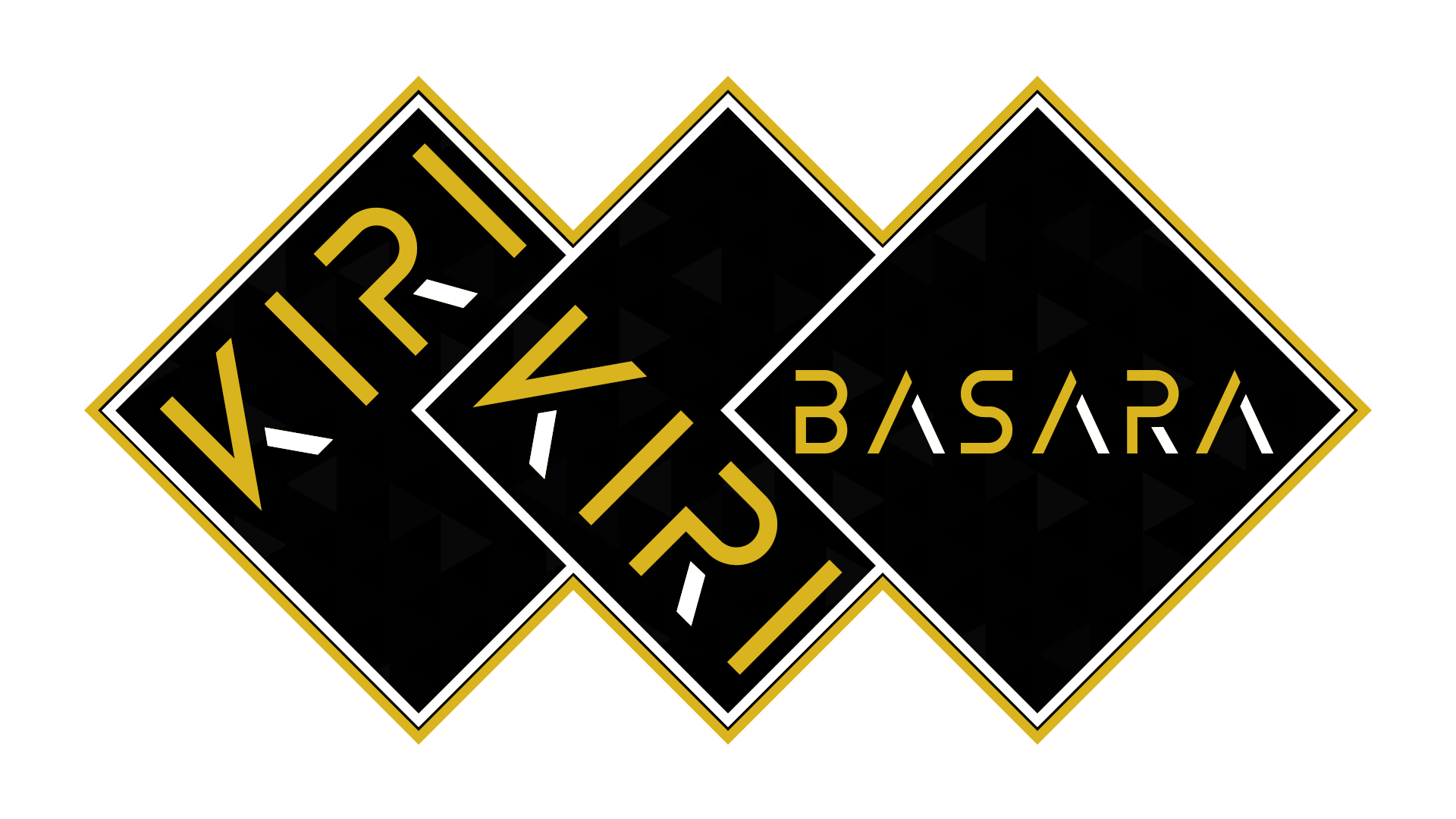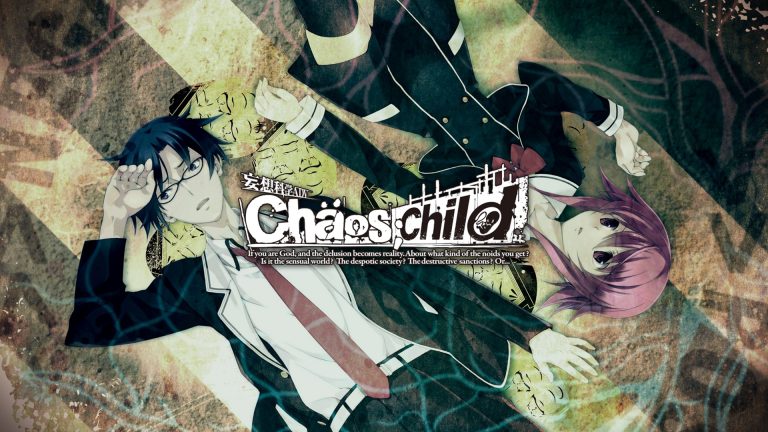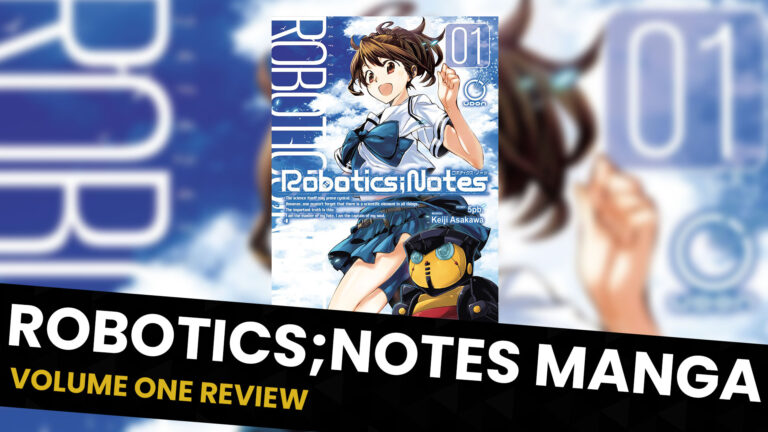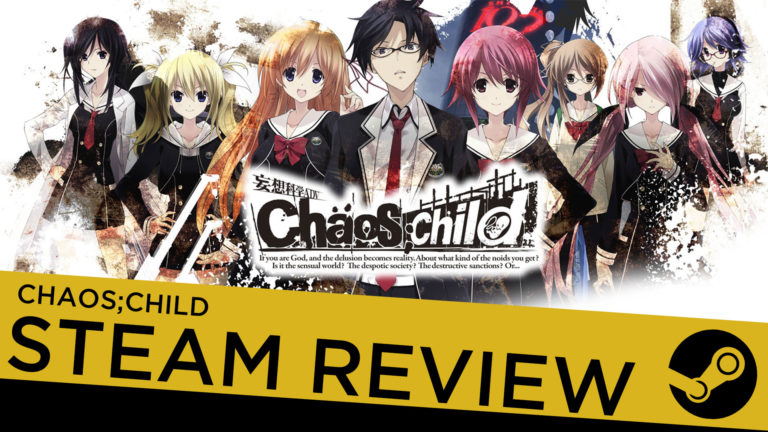Originally released in 2019 in Japan, Robotics;Notes DaSH is the direct sequel to Robotics;Notes Elite and the latest entry in the Science Adventure series overall. It will be released in the West on October 13th, 2020 on Steam worldwide, with an October 13 release date for PlayStation 4 and Nintendo Switch in North America, and an October 16 release date for Europe.
Robotics;Notes DaSH was first released in Japan on the PlayStation 4 and Nintendo Switch. A Steam version of the game was produced for the English release, and players on Steam have access to the game in both English and Japanese. Regardless of platform, all versions of Robotics;Notes DaSH are identical to each other.
Spike Chunsoft, Inc. was kind enough to provide us with review copies for both Robotics;Notes Elite and DaSH, and in this article, we’ll be taking a look at Robotics;Notes DaSH on PC and the Nintendo Switch. In case you missed it, our Robotics;Notes Elite review is available here.
In this review, we’ll examine five key elements of Robotics;Notes DaSH: its story, presentation, gameplay, localization, and technical issues. At the end of the article, we will provide our score for the release based on all of the factors brought up.
It is worth noting that in order to play Robotics;Notes DaSH, you must have at least played Steins;Gate and Robotics;Notes Elite beforehand in order to get the full experience. There have been rumors since the game’s announcement in Japan that knowledge of Steins;Gate 0 and Chaos;Child is needed to fully comprehend DaSH, but that is not true.
Just like with Robotics;Notes Elite, we recommend that potential DaSH readers also read through Chaos;Head. If you’re not sure how to get the game in English, you can read our purchase guide here.
In case you need a playthrough guide for the game, you can find ours here.
Now then, let’s get right into it!
STORY
Robotics;Notes DaSH takes place in 2020, just a few months after the events of Robotics;Notes Elite. The events of the previous game have wrapped up, and the cast has had the chance to move on, graduate, and get started on pursuing their dreams.
The story begins on August 16, 2020. Kaito has returned to Tanegashima, having been away for studies beforehand. However, Kaito is not the only one heading for Tanegashima that day—a mysterious man who goes by the name “Itaru Hashida,” (also known as “Daru” in Steins;Gate) arrives at the island on the same boat as him. Nae, who’s at the harbor to see Daru, introduces him to the main Robotics;Notes cast—coincidentally, they’re there to see Kai. The cast offers to give Daru a tour of the Tanegashima Gun Festival, a popular tourist attraction taking place at that time. Daru had no plans to attend the festival, as he’s in Tanegashima for other, undisclosed reasons. However, he gladly accepts their offer, seeing it as an opportunity to cover up his true intentions.
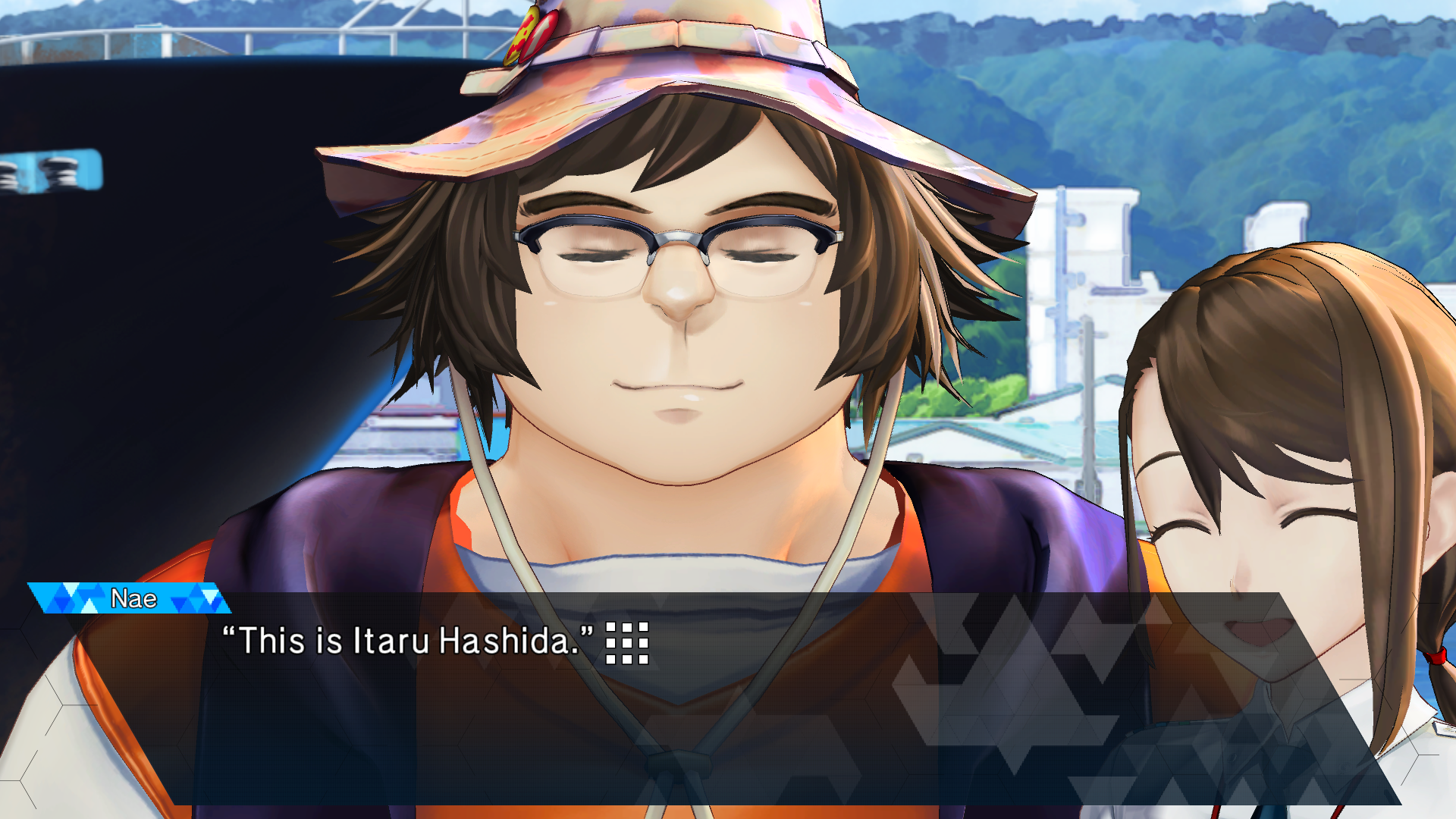
The Tanegashima Gun Festival has been upgraded to the Tanegashima Wazaika Gun Festival this year to not only celebrate Tanegashima’s matchlock gun culture, but also to celebrate robotics. In order to do so, the festival’s organizers partnered with the Central Tanegashima High Robot Research Club, which Subaru is now leading. However, this partnership was established on very short notice, and the cast needs urgent help in order to catch up on preparations. Kai, who lacks anything better to do, and Daru, perhaps to conceal the real reason for his visit, both agree to give a helping hand. It is from here that the story begins. Little does the cast know that danger is looming on the horizon, and they are about to be thrown into yet another high-stakes, nigh worldline-changing plot, where their skills and friendship will be challenged once more.
The story’s narration is primarily split between Kaito’s and Daru’s perspectives—readers will get to see events and character development unfold from the same main perspective that was offered in Robotics;Notes Elite, but they will also get to experience things from the perspective of another familiar character, who is an outsider to the entire situation. For Steins;Gate fans, getting a glimpse of Daru’s thoughts and reactions is also very entertaining.
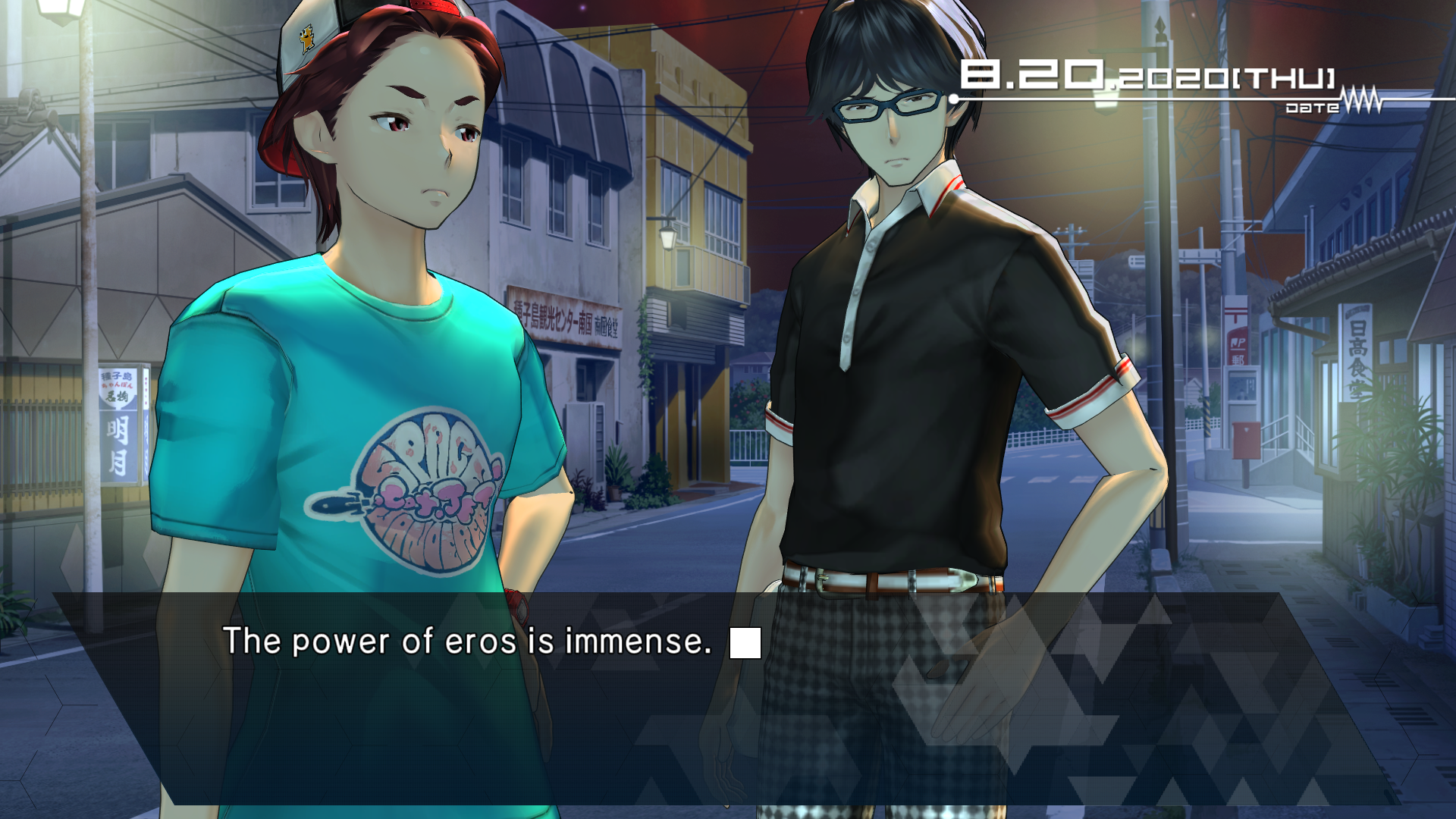
In contrast to its predecessor, Robotics;Notes DaSH’s story pulls no punches and gets straight into action, sparing very little time on initial setup. However, the narrative paces itself throughout all of the story branches, such that it never gets too overwhelming for the reader. DaSH has plenty of downright insane sequences that are often filled with bizarre scenes and adrenaline-pumping action, but ample breathing space is still provided for natural character interactions throughout.
The returning cast is as strong as ever—they have even more characterization in DaSH, taking full advantage of the character development that Robotics;Notes Elite provided. Each main character is given their own share of character exploration in their personal routes (or as DaSH calls them, Phases), and as a result of the themes tackled by Robotics;Notes Elite, this character exploration is much deeper and hits even harder than before. We found that the development of the relationship between Kaito and Akiho was particularly endearing.
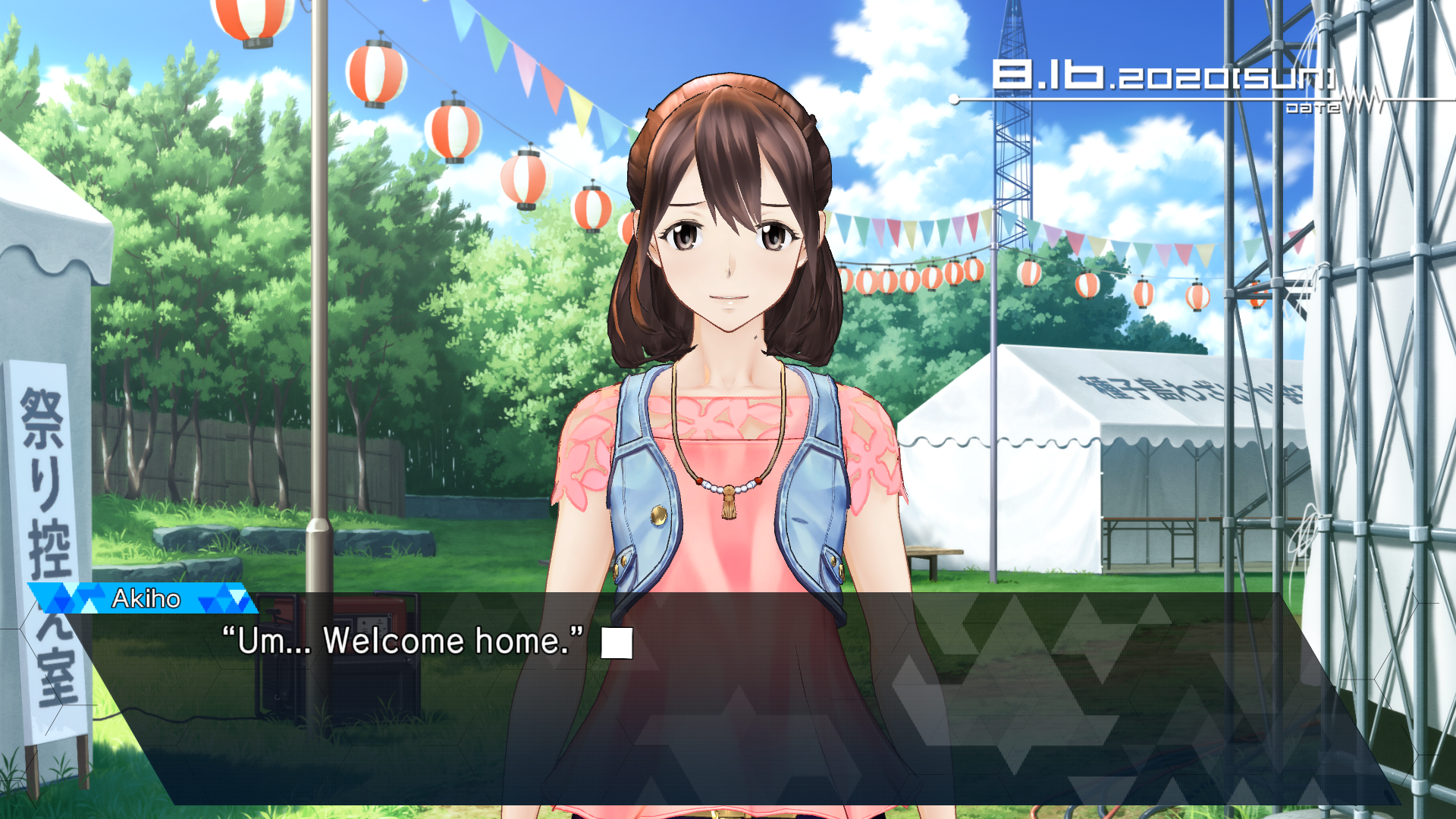
Despite the rather surreal events of the story, the character development in Robotics;Notes DaSH is still incredibly human. The reader can really empathize with the characters’ struggles as they try to figure out how to grow into adults and go on with their lives, taking their first big steps toward fulfilling their dreams.
If most of the SciADV series is composed of adventures, then Robotics;Notes DaSH is best characterized as a rollercoaster. The story has extremely high highs, the likes of which have not been seen before in SciADV. However, the story also has a couple of decently low lows in certain routes that water the experience down a bit. Even though those lows are still valuable to DaSH’s character development, we do feel that they could have been paced a bit better, and they can genuinely ruin the mood of the story if the player pursues a sub-optimal route order. We have created a guide for the game that lays out what you need to do to read the game in the optimal order.
It is worth noting that the aforementioned inconsistency between extremely ridiculous events, awesome events, and somewhat inconsequential slice-of-life moments almost makes DaSH feel more like a spin-off akin to the Chaos; series’ Love Chu☆Chu side novels, as opposed to something like what Steins;Gate 0 is to Steins;Gate. Despite that, most of the events in the game are still canon, and Robotics;Notes DaSH is still a proper canonical entry in the series in contrast to spin-offs such as Steins;Gate Linear Bounded Phenogram or My Darling’s Embrace.
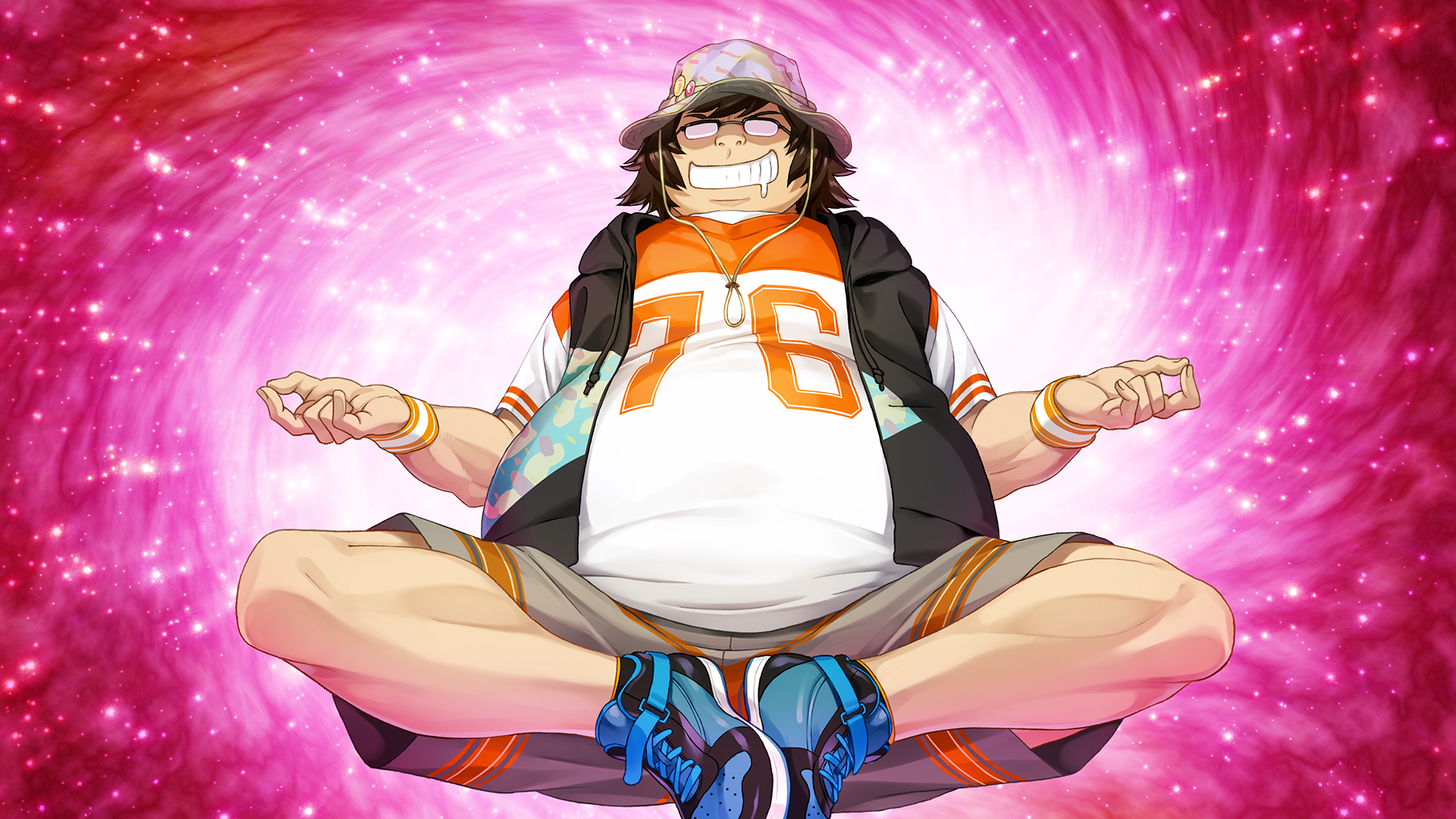
Robotics;Notes DaSH isn’t the small fry of the series, either; it should take the average reader around 30 hours or more to complete. While DaSH is shorter than Elite, this does not detract from the overall enjoyment that the game provides. DaSH has everything that made Elite great, but dialed up to eleven. Even as DaSH takes the plot to new heights, it still keeps the character relationships as genuine as ever, and even adds a hint of Steins;Gate to mix thanks to the appearance of Daru.
PRESENTATION
The presentation of Robotics;Notes DaSH is largely similar to its predecessor, but at the same time, it does make large strides of improvement.
The game utilizes the freedom that 3D models provide to its maximum potential by creatively using moves such as zooms and camera pans in order to achieve more immersive shots and perspectives—in this sense, DaSH is a great improvement over Elite. As a result of this, the game is much more interesting from a visual perspective, and it’s generally more engaging overall. The presentation is also aided by the usage of certain effects to create interesting transitions.
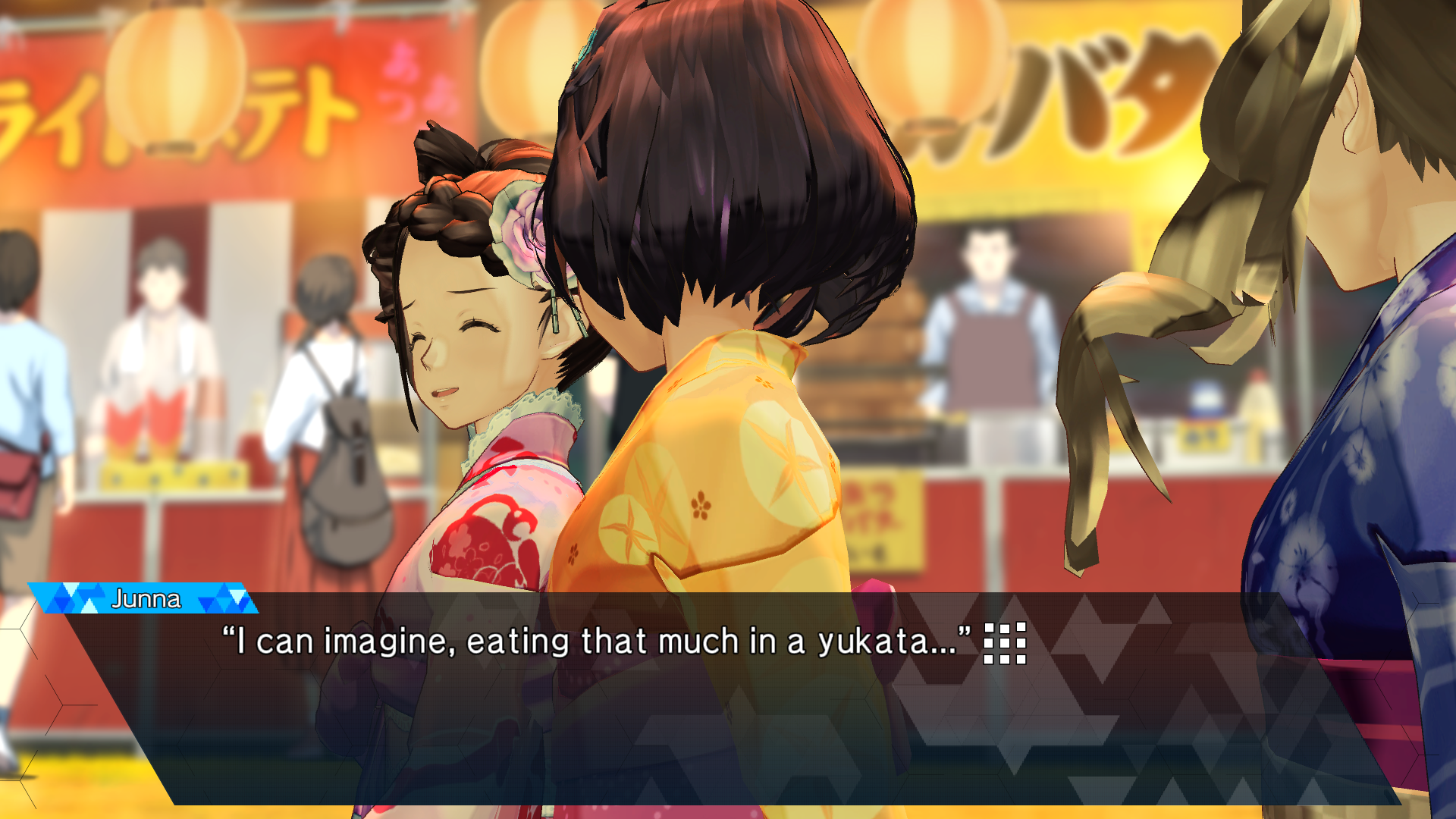
While the majority of the game’s 3D models are reused from Elite, these models have aged like fine wine—they still appear as sharp as ever at 1080p, which is the highest resolution the game runs at. Though the 3D models have been reused from Elite, plenty of new outfits were produced to keep them from growing stale.
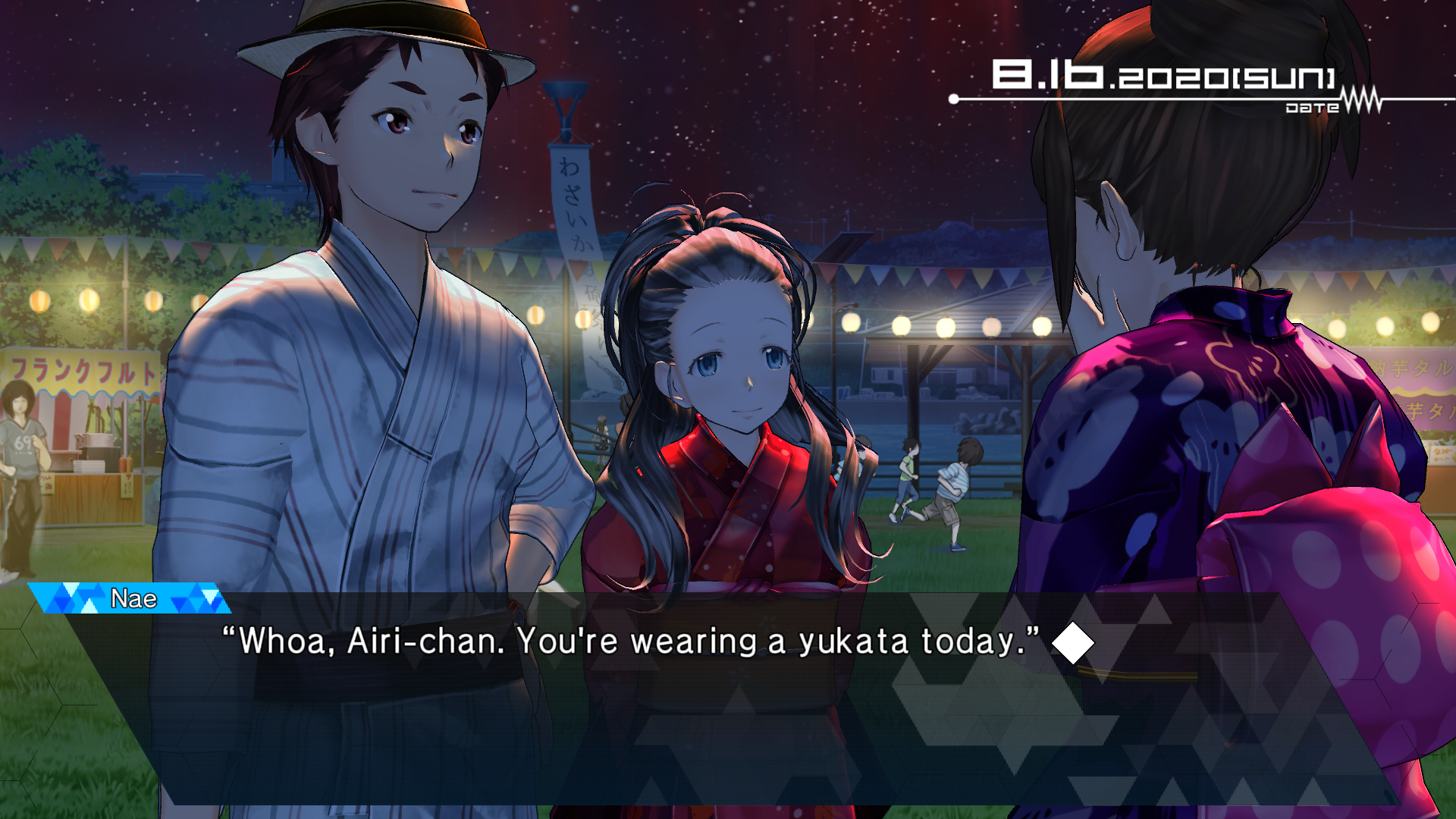
Almost all of the backgrounds in the game are brand new, as the cast rarely revisits old locations—after all, most of them have already graduated from high school at this point. In addition, DaSH’s CGs were produced with a somewhat different artstyle when compared to Elite. Many of them are so visually pleasing that they’re wallpaper-worthy. They fit the game perfectly, and they’re never missing from key scenes, nor do they outstay their welcome.
DaSH also has a brand new original soundtrack, which contains 38 tracks. Many of these tracks were composed by veteran series composer Takeshi Abo, and his work is, as always, absolutely stellar. Just like Elite’s soundtrack, DaSH’s soundtrack does an excellent job of helping bring the atmosphere of Tanegashima to life.
GAMEPLAY
For the most part, DaSH retains the same gameplay elements introduced in Elite. However, just like almost everything else introduced to the formula by Elite, DaSH greatly improves upon the gameplay.
Twipo is just as interesting as ever in terms of world building (and, we might add, just as realistic as ever in capturing the addictive nature of Twitter), but its main role has changed in DaSH. It is no longer the primary method by which players branch into different routes in the game. Now, it’s merely a fun way to spend downtime, gathering more information about the characters and the world of Robotics;Notes. The same applies to the IRUO., which has the same role and the same features that it did in Elite. We felt that making route branching unreliant on Twipo in DaSH was a very good move—it removes the stress of needing to think about what replies to send to which characters in order to branch into the desired character route.
The organization of Twipo is also much more interesting this time around. While the player is in Kaito’s perspective, they have access to tweeps from his mutuals, the returning cast from Elite. When the player is in Daru’s perspective, however, they can check up on tweeps from Daru’s friends… the Steins;Gate cast. While Robotics;Notes Elite allowed the player to unlock and access tweeps from SciADV characters Takumi, Kurisu, and Daru, this time around, tweeps from everyone in the main Steins;Gate cast are available to interact with.
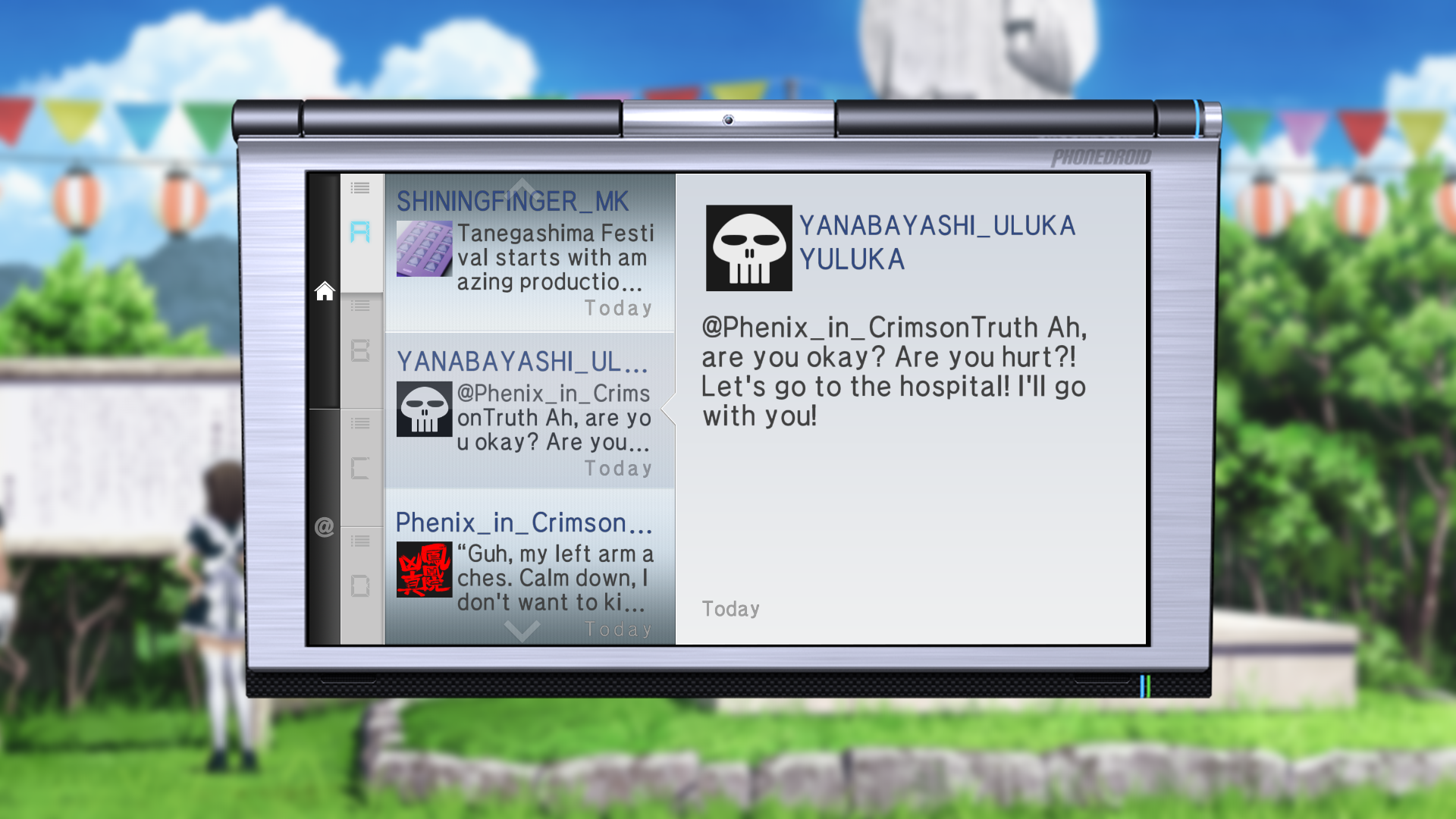
“Deluoode Map” is what takes Twipo’s place as the main route trigger system. At certain points in the story, the player will be asked to open the map and decide where to go. Depending on which location they go to, or which location they go to first, different story scripts will load, and a different scene will play out. Then, depending on the choices made, the game will eventually branch out into a specific character route. This usage of the Deluoode Map is a marked improvement over Robotics;Notes Elite, as it gives actual, tangible control to the player, and it gives value to the system as a whole. It’s a much more intuitive way to branch into routes overall, and we had no trouble figuring out what to do next throughout the game, even without the use of a guide.
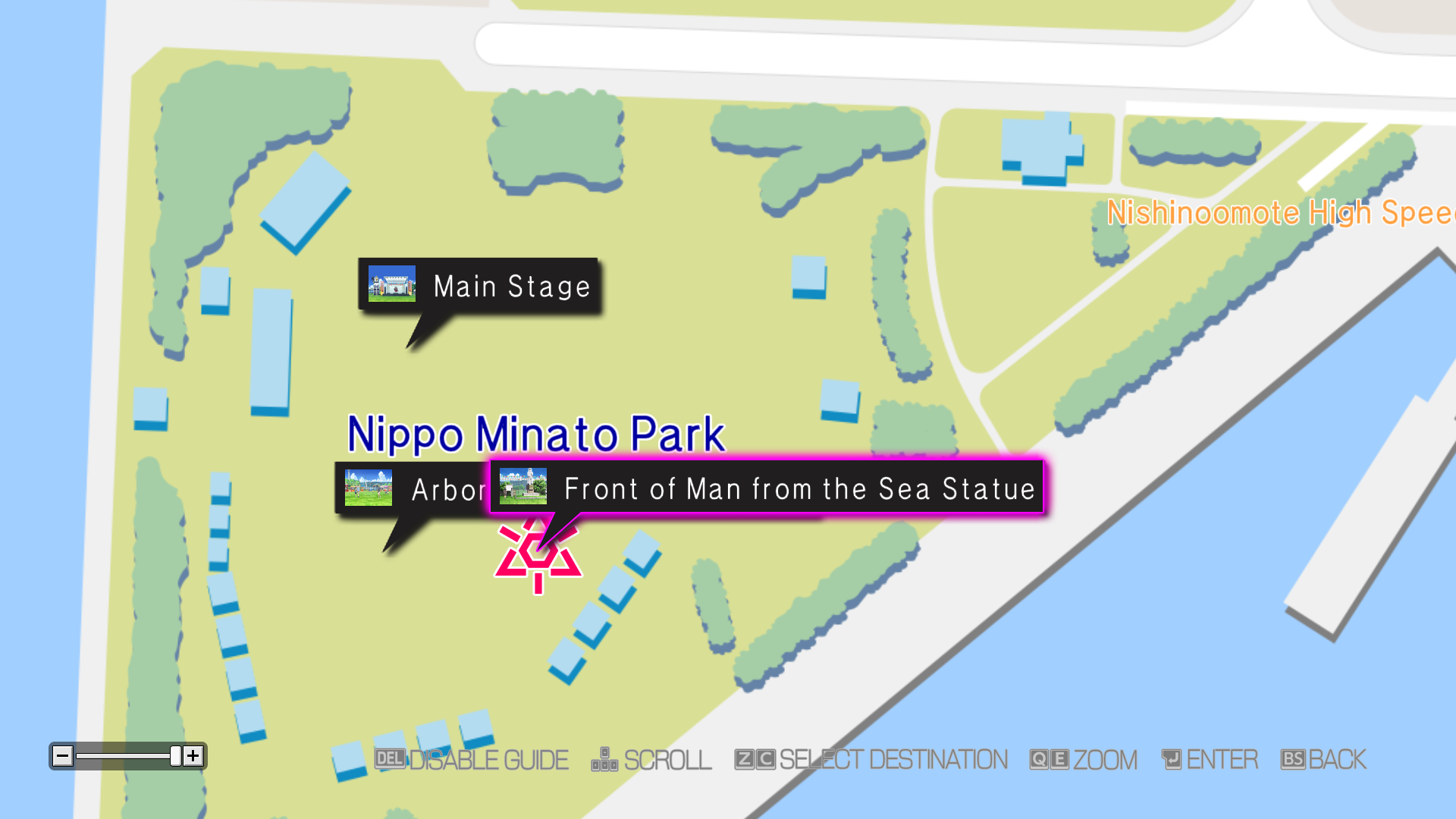
The method of getting onto routes isn’t the only thing that received some polish. The entire route structure itself is much better implemented in DaSH. Virtually every main character gets their own personal route that is unique, and not just a single part of a greater linear storyline (a la Robotics;Notes Elite). The branching makes a lot more sense overall, and it adds to the game in the sense that it allows for more ridiculous events to occur that aren’t necessarily canon. Most of the content in the routes is non-canonical, but it still provides great insight into the characters to whom the routes belong. And if too much non-canonical content is a worry of yours, don’t sweat—the majority of the game is still canon.
LOCALIZATION
Even the localization is better in Robotics;Notes DaSH! While a majority of the issues we found in the Robotics;Notes Elite localization can also be found here and there in DaSH, the localization still seems to be a lot more accurate overall, with significantly fewer issues throughout. Overall, the localization of the game’s characters’ characterization is much better.
What has also received a lot more attention this time around is the CG editing. While we’re still far from having all the CGs that the players should be able to understand in English, this time around, the localization team put in a valiant effort to edit the most important CGs for players, with image editing that really deserves some recognition. Certain CGs with handwritten text are done especially well.
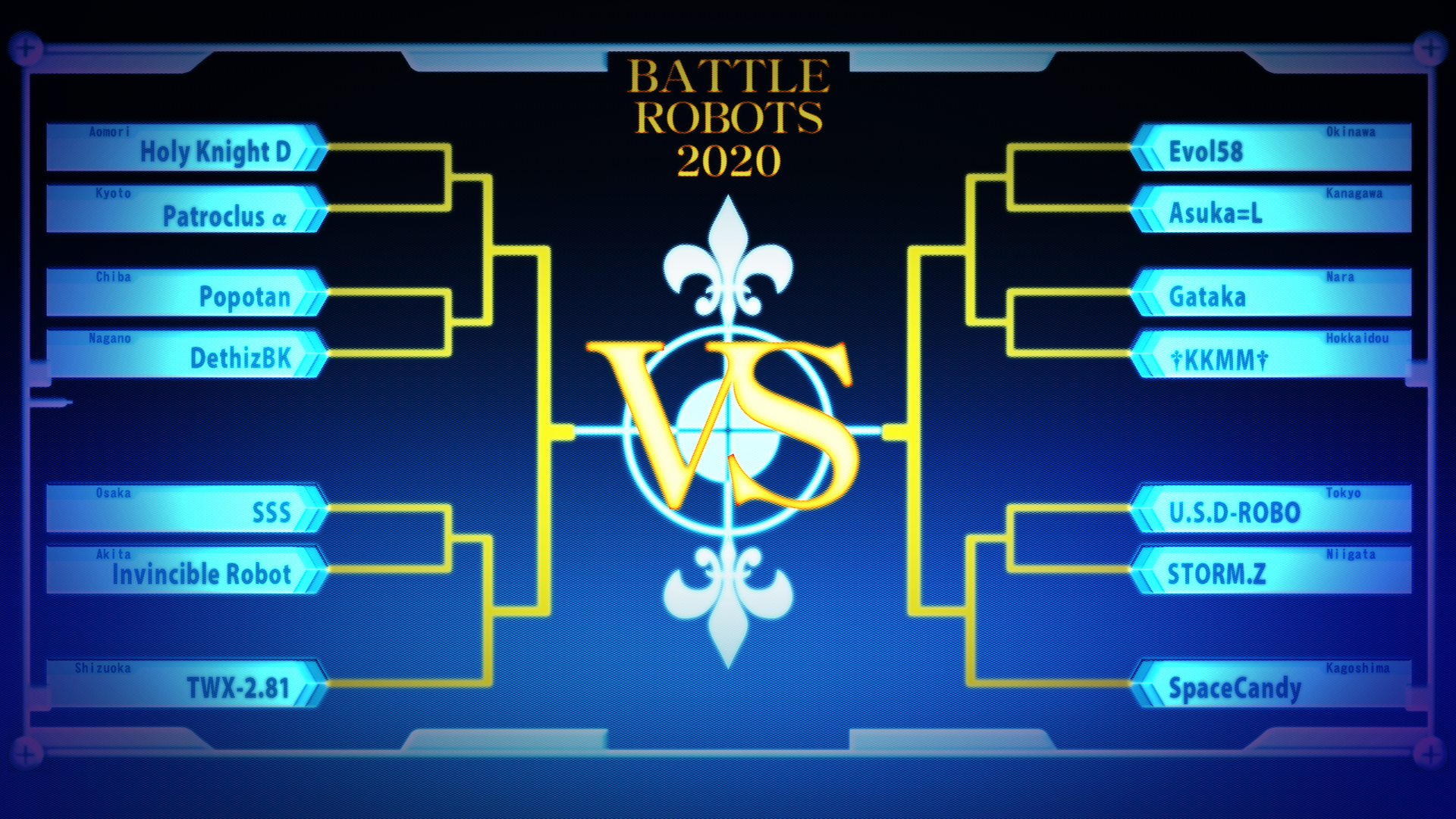
Sadly, the questionable terminology mistranslations that originated in Elite are carried over into DaSH, which is to be expected for the sake of consistency among simultaneous releases. Nevertheless, we feel that this is worth noting.
Overall, Robotics;Notes DaSH is just as well-edited as Robotics;Notes Elite’s localization, and readability-wise, it’s smooth and enjoyable. The way some of the terminology was handled leaves a lot to be desired, so we would still urge you to look out for a fan improvement patch if you buy the game on PC.
TECHNICAL ISSUES
Unfortunately, the technical section is perhaps the only part where the Robotics;Notes DaSH release does not improve upon its predecessor much, at least on PC. Most of the issues found in the Robotics;Notes Elite release can be found here as well.
Most importantly, the lack of mouse control on PC once again means the use of a controller is needed for maximum comfort, as navigating menus on a keyboard is just as annoying as you would imagine. Thankfully though, controller support in Robotics;Notes DaSH is quite strong, as it utilizes Steam’s SteamInput API, which allows just about any controller connected to the platform to function. It’s worth noting that the game seems to work especially well with DualShock 4 controllers.
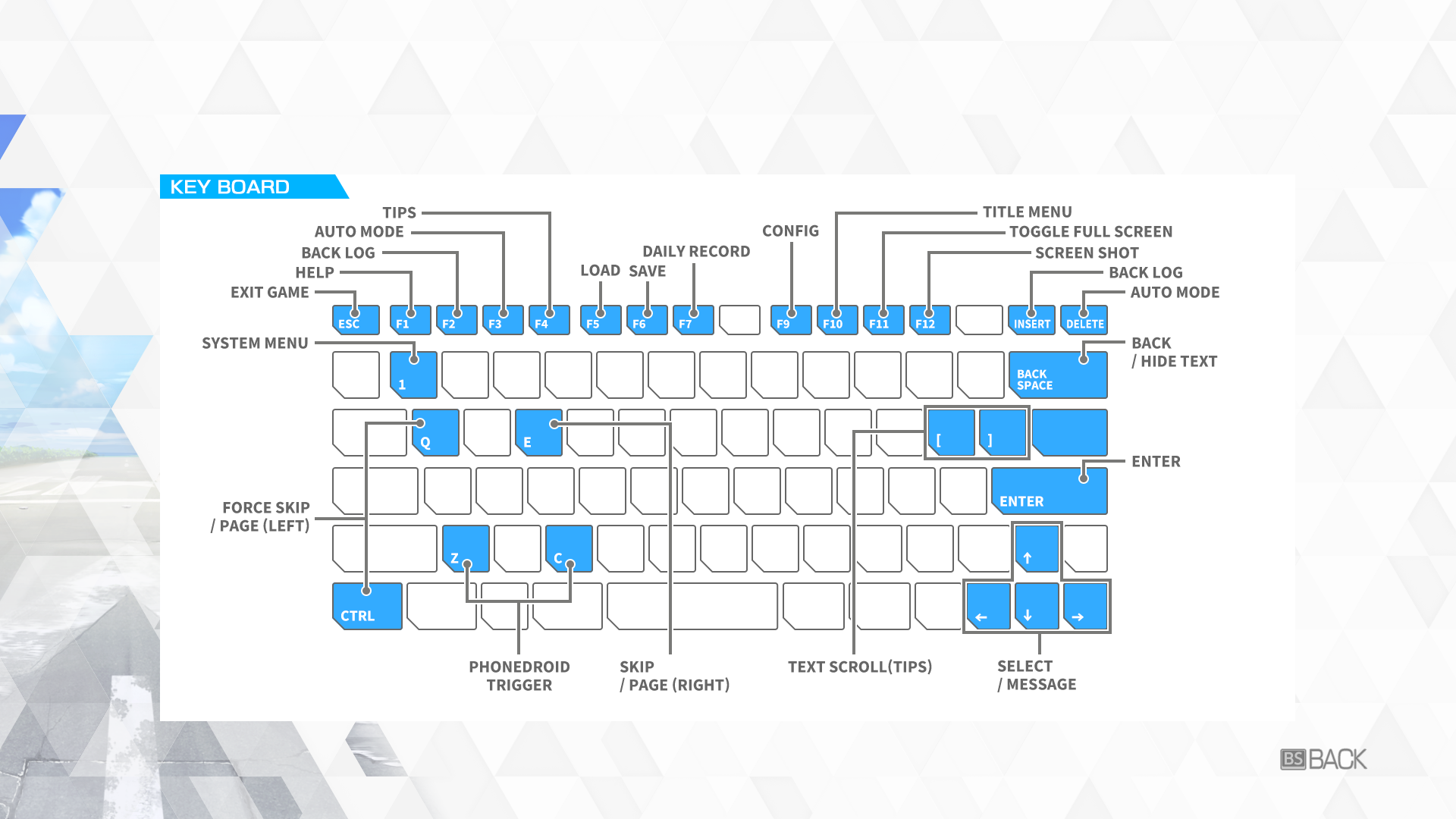
One issue Robotics;Notes DaSH has on PC that Robotics;Notes Elite doesn’t, though, is messy fullscreen support for displays with a resolution higher than 1080p. On one of our 1440p displays, the game simply takes up the 1080p portion of the monitor, leaving the rest transparent. It acts almost like a window that has simply been pinned at the top-right corner.
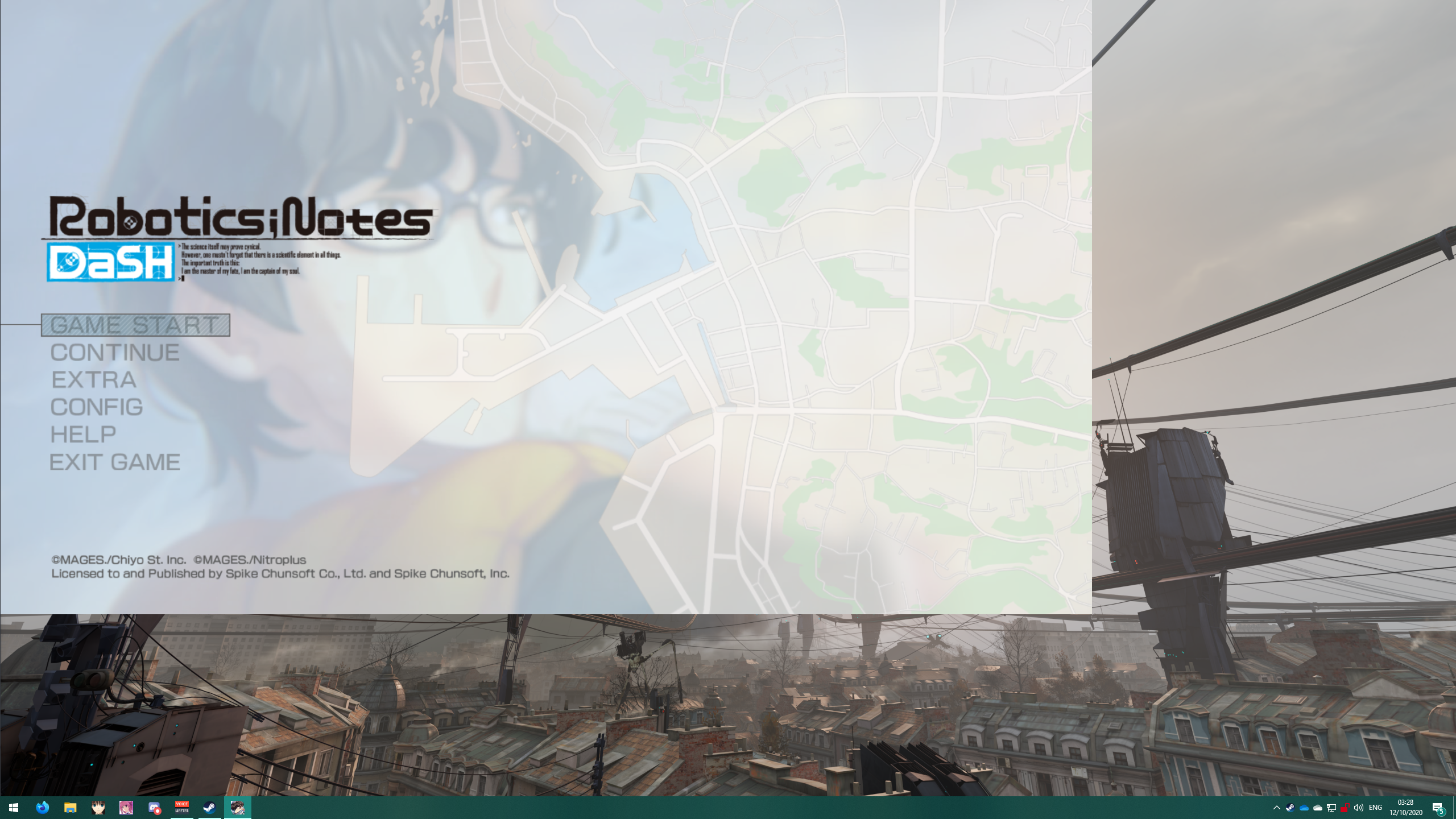
This is obviously extremely immersion breaking, and it pretty much forces users with contemporary displays to play in windowed mode with all the distractions it comes with.
However, there is thankfully a bit of a trade-off here—the “Sync Voice” issue in Robotics;Notes Elite on Switch is resolved with Robotics;Notes DaSH on Switch. The text syncs perfectly with the voice lines if that option is turned on.
Other than that, owing to most assets having been made fairly recently, the game does not have any scaling issues with backgrounds, system menus, or models whatsoever. With the exception of some Robotics;Notes Elite assets appearing in certain flashback scenes, the game looked extremely sharp throughout our entire playthrough. This applies to both PC and Switch—the game actually runs at a full 1080p resolution while docked, and it looks stunning.
9/10
Despite the localization being far from perfect and some immersion-breaking technical issues found in the PC version, Robotics;Notes DaSH is a great improvement upon its predecessor in essentially every single way. All that holds it back from absolute perfection is its slight inconsistencies in tone between some of its character routes. DaSH is definitely among the best that the SciADV series has to offer right now, and it’s proof that the SciADV team can still produce high-quality visual novels.
